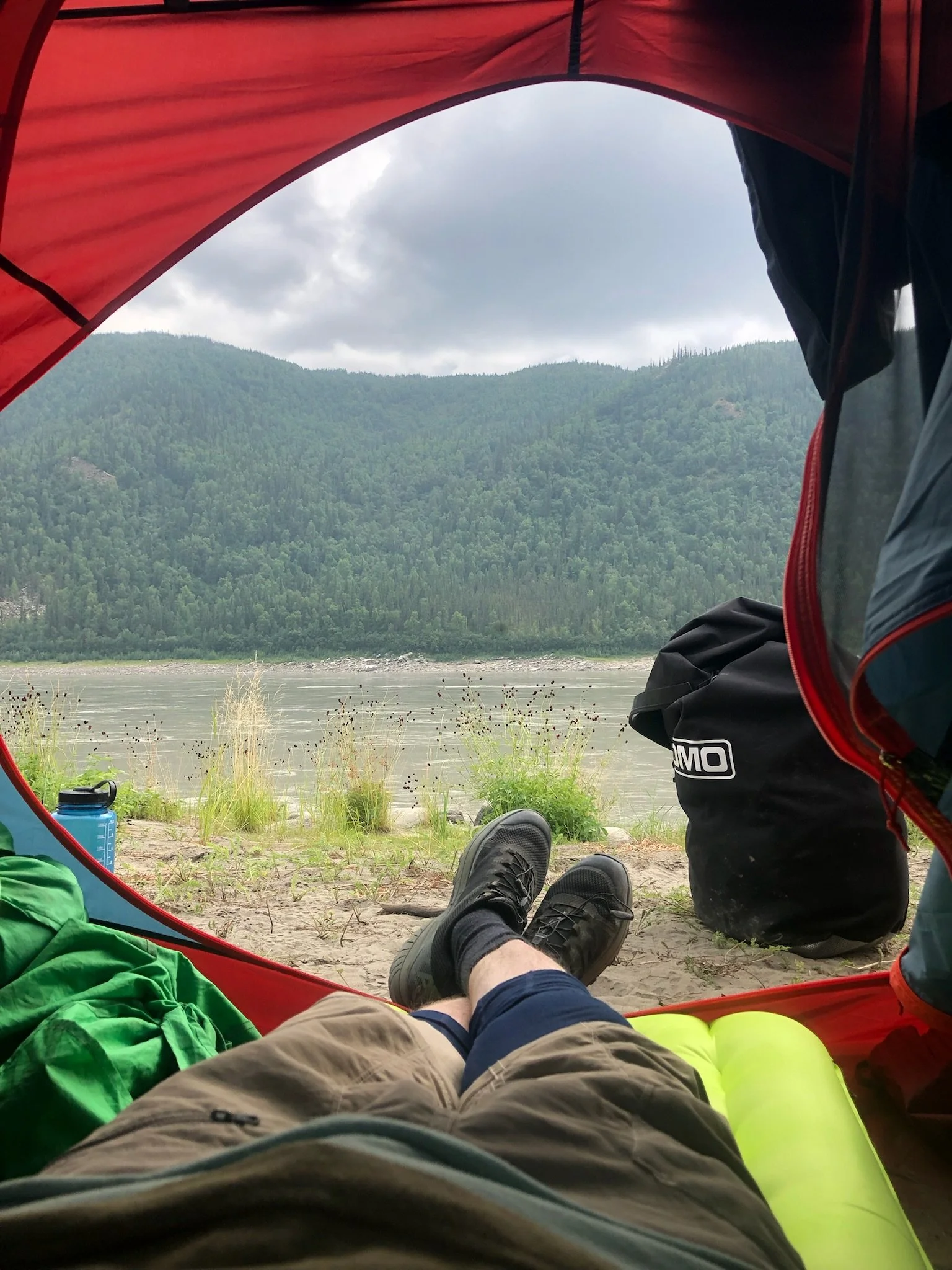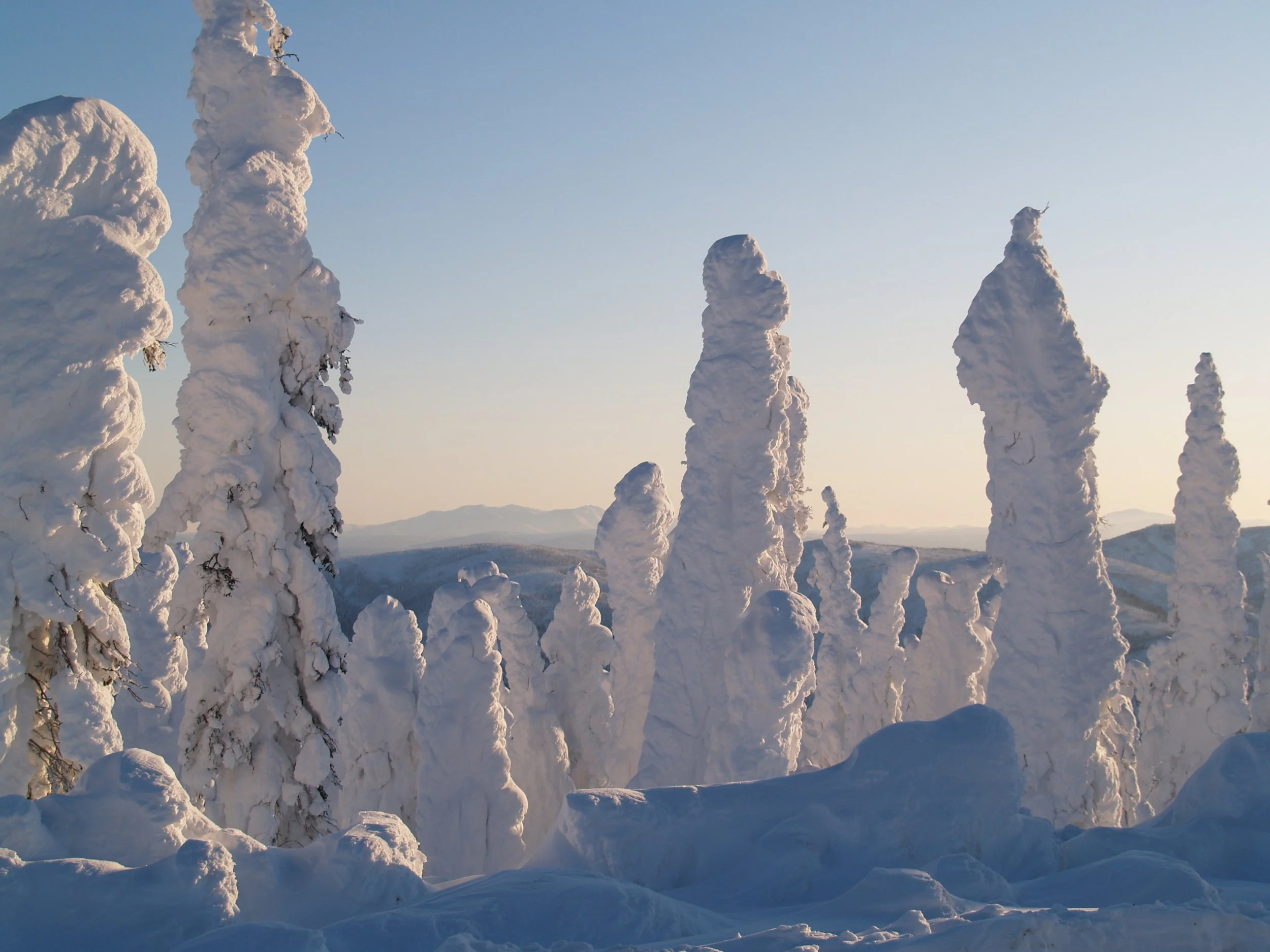Our location dictates everything - where the river meets the road, two highways intersect at Yukon River Camp.
What’s there to do in this area?
SPRING & SUMMER
AUTUMN & WINTER
Getting here - safely traveling the Dalton Highway
-
There are NO OTHER SERVICES between Fairbanks and the Arctic Circle.
-
You can find useful information for traveling the Dalton Highway at this link (large PDF).
-
Please follow the Leave No Trace Seven Principles when traveling on the Dalton Highway.
Plan Ahead and Prepare
Know the regulations and special concerns for the area you'll visit.
Prepare for extreme weather, hazards, and emergencies.
Schedule your trip to avoid times of high use.
Visit in small groups when possible. Consider splitting larger groups into smaller groups.
Repackage food to minimize waste.
Use a map and compass or GPS to eliminate the use of marking paint, rock cairns or flagging.
Travel and Camp on Durable Surfaces
Durable surfaces include maintained trails and designated campsites, rock, gravel, sand, dry grasses or snow.
Protect riparian areas by camping at least 200 feet from lakes and streams.
Good campsites are found, not made. Altering a site is not necessary.
Dispose of Waste Properly
Pack it in, pack it out. Inspect your campsite, food preparation areas, and rest areas for trash or spilled foods. Pack out all trash, leftover food and litter.
Utilize toilet facilities whenever possible. Otherwise, deposit solid human waste in cat-holes dug 6 to 8 inches deep, at least 200 feet from water, camp and trails. Cover and disguise the cathole when finished.
Pack out toilet paper and hygiene products.
To wash yourself or your dishes, carry water 200 feet away from streams or lakes and use small amounts of biodegradable soap. Scatter strained dishwater.
Leave What You Find
Preserve the past: examine, photograph, but do not touch cultural or historic structures and artifacts.
Leave rocks, plants and other natural objects as you find them.
Avoid introducing or transporting non-native species.
Do not build structures, furniture, or dig trenches.
Minimize Campfire Impacts
Campfires can cause lasting impacts to the environment. Use a lightweight stove for cooking and enjoy a candle lantern for light.
Where fires are permitted, use established fire rings, fire pans, or mound fires.
Keep fires small. Only use down and dead wood from the ground that can be broken by hand.
Burn all wood and coals to ash, put out campfires completely, then scatter cool ashes.
Respect Wildlife
Observe wildlife from a distance. Do not follow or approach them.
Never feed animals. Feeding wildlife damages their health, alters natural behaviors, [habituates them to humans], and exposes them to predators and other dangers.
Protect wildlife and your food by storing rations and trash securely.
Control pets at all times, or leave them at home.
Avoid wildlife during sensitive times: mating, nesting, raising young, or winter.
Be Considerate of Other Visitors
Respect other visitors and protect the quality of their experience.
Be courteous. Yield to other users on the trail.
Step to the downhill side of the trail when encountering pack stock.
Take breaks and camp away from trails and other visitors.
Let nature's sounds prevail. Avoid loud voices and noises.
-
For a comprehensive list of mile markers please click this link.







